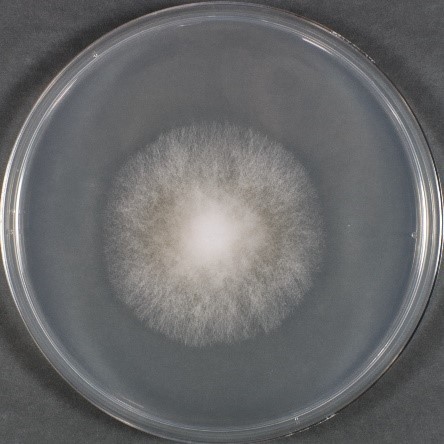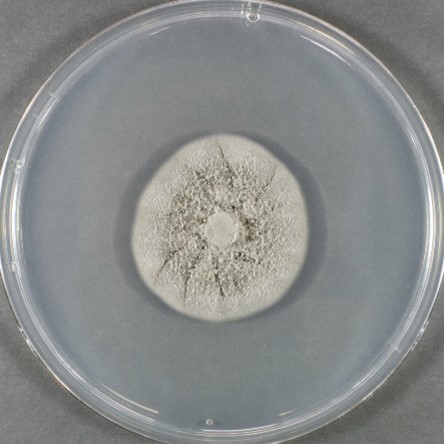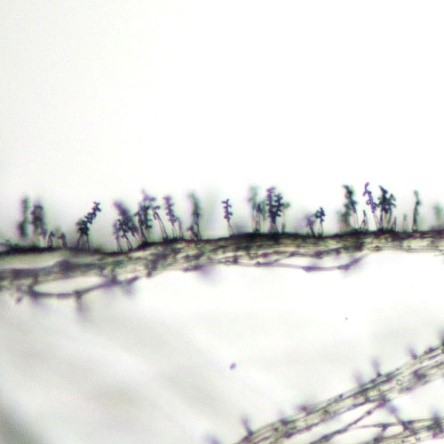Fungal strain isolated from Fungi
The term “Mycoparasitic fungi” refers fungi growing on other fungi as parasites. Since before the 20th century, the ecological and taxonomic aspects of mycoparasite including the mushroom or filamentous fungal pathogen have been conducted. It is known that mycoparasitism independently evolved multiple time, therefore, their mode of parasitism mechanism is extremely diverse. For example, Hypomyces laeticolor (JCM 10758T and JCM 10759), which occurred on fruiting body of a polypore Basidioradulum sp. with white fungal mat (Tokiwa & Okuda 2005); Acrodontium luzulae (JCM 39231 and JCM 39234) are known to form inconspicuous fruiting bodies on the host Xylariales fruiting body (Sa’diyah et al. 2021).
Investigation of mycoparasitic fungi has been limited because they are difficult to find in nature. Even for strains that have already been isolated, their “properties of each strain” are often unexplored. Although mycoparasitic fungi have sometimes attracted attention as a useful source of bioactive substances, it is possible that we have only discovered the tip of the iceberg. Multifaceted research using mycoparasitic strains is expected in the future.
References:
Tokiwa, T. and Okuda, T.
Japanese species of Hypomyces and its anamorph III.
Mycoscience 46: 294-302, 2005.
DOI: 10.1007/s10267-005-0249-5.
Sa’diyah, W., et al.
Notes on some interesting sporocarp-inhabiting fungi isolated from xylarialean fungi in Japan.
Diversity 13: 574, 2021.
DOI: 10.3390/d13110574.
 |
 |
 |
| Hypomyces laeticolor (JCM 10758T) (Colony on PDA) |
Acrodontium luzulae (JCM 39231) (Colony on PDA) |
Acrodontium luzulae (JCM 39231) (Spore of JCM 39231) |




